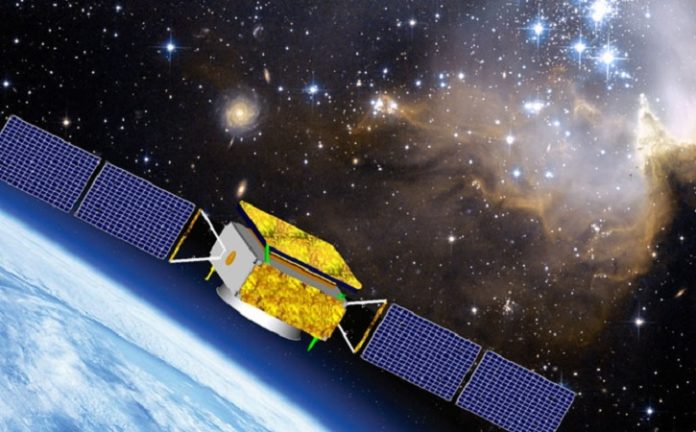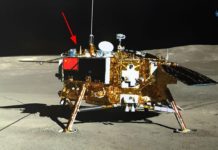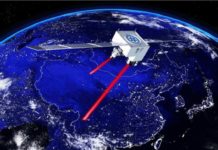China has just announced that it will launch a slew of space science missions, targeting the years 2020/21.
The announcement was made yesterday at the first China Aerospace Conference, which was held in conjunction with China’s annual Space Day, during a presentation by Wang Chi, Director of the National Space Science Center at the Chinese Academy of Sciences (CAS).
According to CAS, at least six spacecraft will be launched, although an exact number was not specified. This is part of China’s plan to expand its space science programme, which China hopes will help it achieve breakthroughs in space by 2030.
One of the spacecraft launched will be a satellite known as the Solar wind Magnetosphere Ionosphere Link Explorer (SMILE), a collaborative project with the European Space Agency (ESA) announced in November 2017. SMILE will observe the solar wind interaction with the magnetosphere, gathering simultaneous images and video of the dayside magnetopause.
Another satellite will be the Einstein Probe, a small satellite mission which was confirmed in 2015 and which is scheduled to launch in 2020/21. The probe, which will carry a Wide-field X-ray Telescope (WXT) amongst other payloads, will aim to study black holes, gravitational waves, and other X-ray sources.
To complement the Einstein Probe, China will also launch the Advanced Space-borne Solar Observatory (ASO-S) – the nation’s first solar mission – and the Gravitational Wave Electromagnetic Counterpart All-sky Monitor (GECAM).
The two other satellites mentioned were the Water Cycle Observation Mission (WCOM), the world’s first satellite to study the water cycle by measuring parameters such as soil moisture and ocean salinity, as well as the Magnetosphere-Ionosphere-Thermosphere Coupling Exploration (MIT).
These missions were first conceived of in 2015 and 2016. Over the past few years, China has been actively launching space science missions, including two significant space observatories – in 2015, China launched its first space observatory, the Dark Matter Particle Explorer (DAMPE), and in 2017, its first X-ray observatory, the Hard X-ray Modulation Telescope (HXMT).







